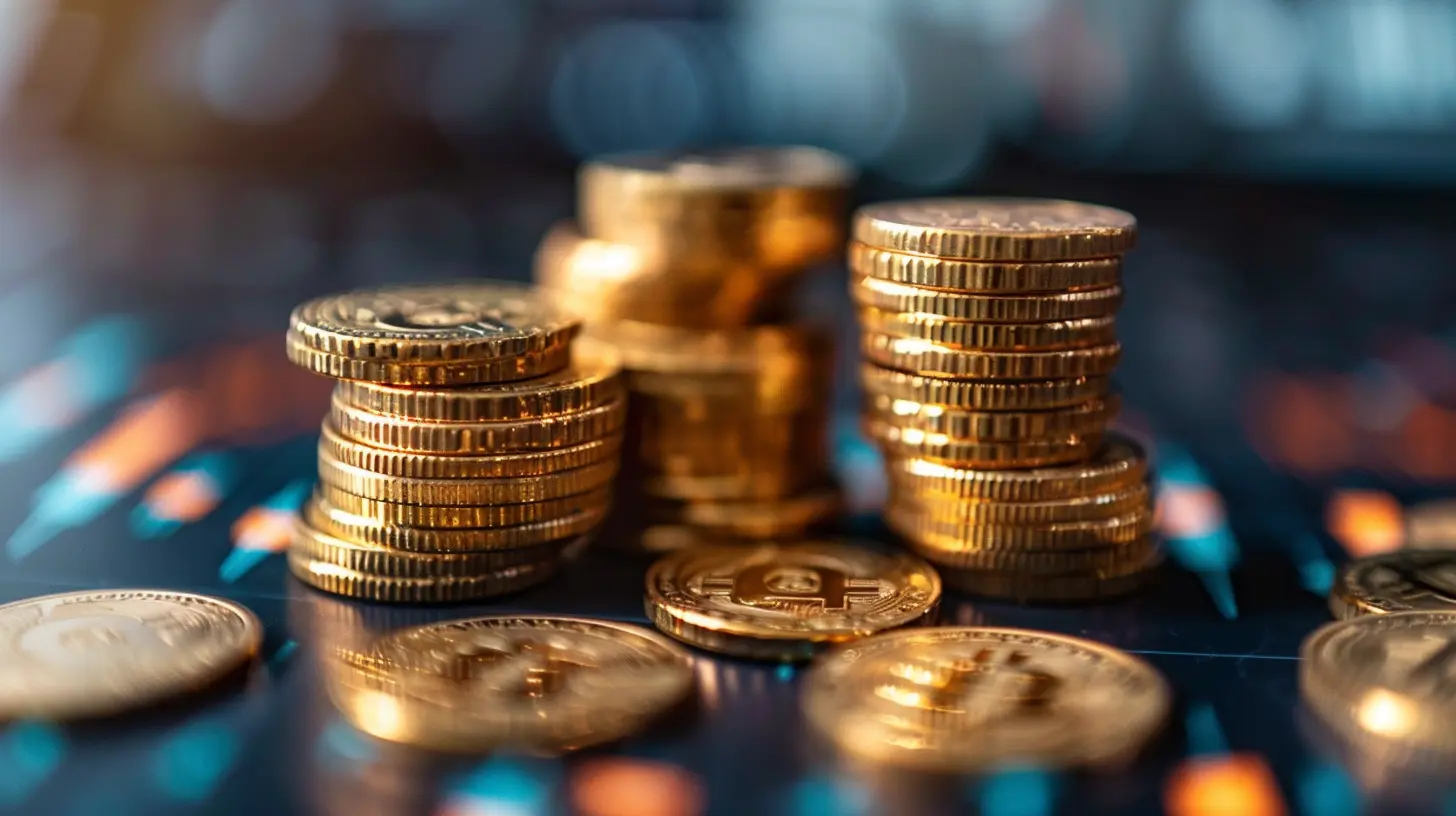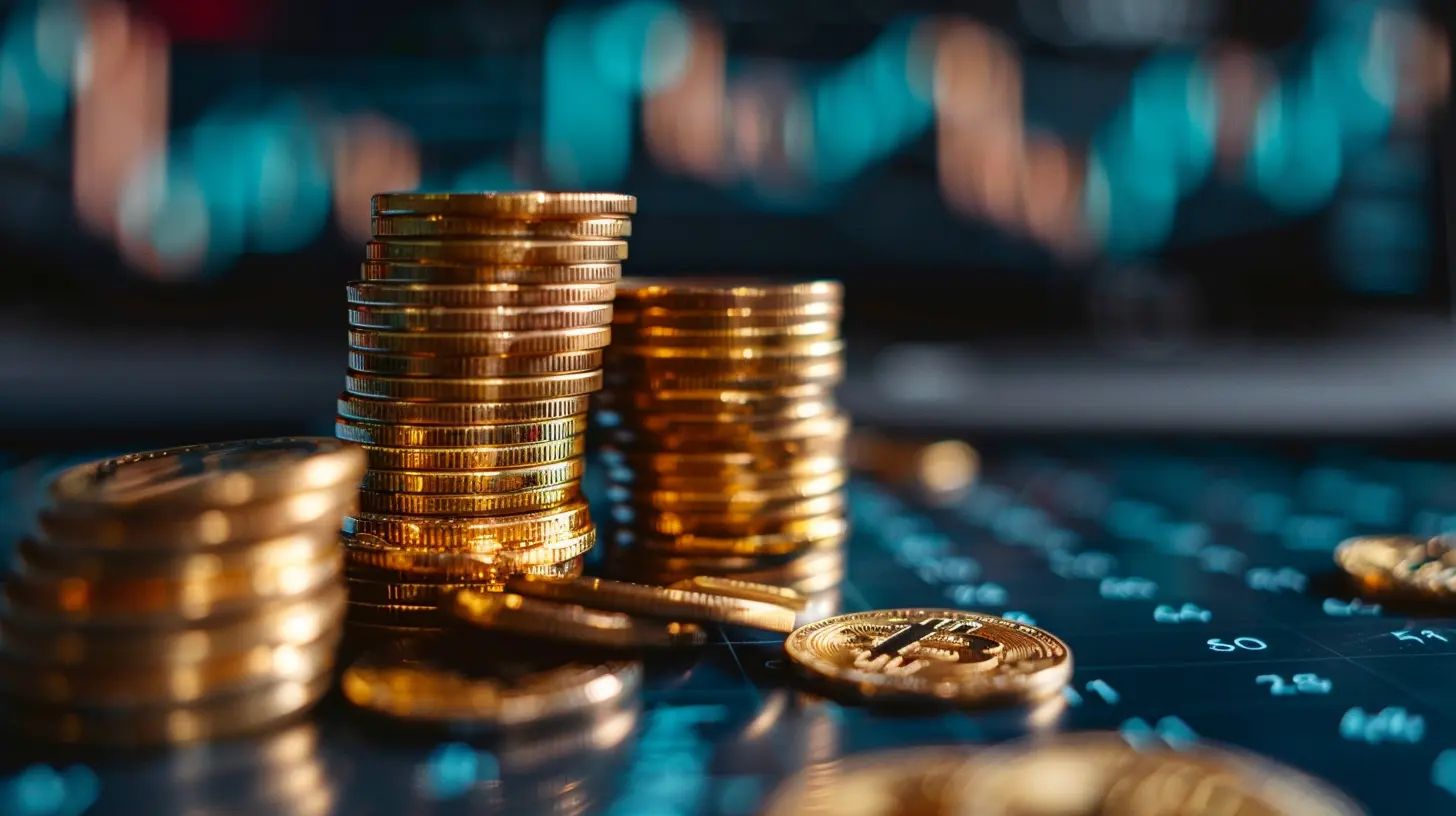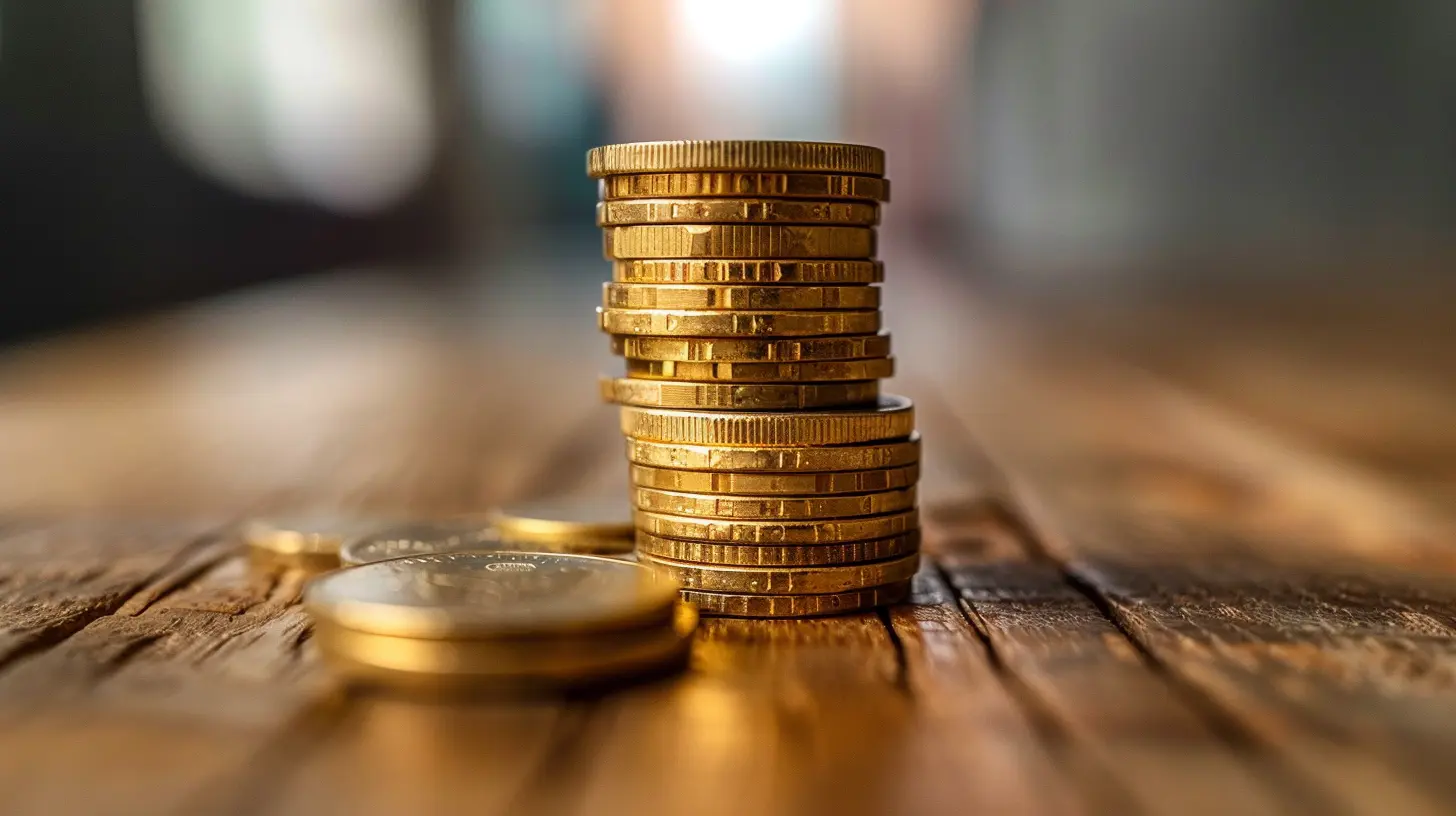How Economic Uncertainty Affects Gold Prices
9 July 2025
Ever felt the world wobble beneath your financial feet? Like the ground you're walking on just isn't as solid as it used to be? That shaky feeling, my friend, is economic uncertainty. And in those moments when economies falter, when banks shiver and markets shudder, one shiny hero always seems to capture the spotlight: gold.
But why? Why does humanity time and again turn to gold when the going gets rough? Let’s dive into this poetic dance between gold and economic uncertainty.
The Timeless Charm of Gold
Before we unravel the relationship, let’s paint the scene. Gold isn’t just a metal—it's a symbol, an emotion, even a survival plan. Think of it as the heartbeat of ancient empires and modern economies alike. It’s shiny. It’s scarce. And, unlike paper money, it can’t be printed at whim.When things go haywire in the economy, gold doesn't just sit pretty—it shines brighter. That’s not just poetic—it’s historical, and very much financial.
What Exactly Is Economic Uncertainty?
Let’s not overcomplicate things. At its core, economic uncertainty is the fog of the future. It's what happens when businesses, consumers, and investors don't know what’s coming next. Will job markets tank? Will inflation skyrocket? Will interest rates rise like a fast tide?People start second-guessing. Risk-taking goes down. Spending and investment dry up. The world holds its breath.
Economic uncertainty can come from:
- Financial crises
- Political instability
- Trade wars
- Pandemics (hello, 2020)
- Natural disasters
- Military conflicts
Each of these jolts the economy like a sudden plot twist in a thriller. And each one sends investors scrambling to find safety—which leads us straight to gold.
Gold: The Ultimate Safe-Haven Asset
Imagine you’re caught in a storm. You’d want to run for shelter, right? Gold is that shelter for your money. It’s been a safe-haven asset for centuries, offering a reliable store of value during times of crisis.Why? Because gold doesn’t depend on a government’s promise or a central bank’s policy. It just… is.
When people feel the heat of economic uncertainty, they don’t want assets that can flutter with each gust of bad news. They want something solid, dependable, and immune to the chaos. Gold fits that bill perfectly.
Inflation and Gold: A Love-Hate Relationship
One of the big villains in economic uncertainty is inflation. It erodes the value of currency like rust eating away at metal. Suddenly, what you could buy for $10 now costs $12. It’s frustrating, right?But here’s where gold steps in like a silent protector. Unlike cash, which loses value when inflation roars, gold holds its ground—or often even gains. Investors flock to it like bees to honey when inflation climbs because they trust gold to preserve their purchasing power.
It’s almost like gold wears a superhero cape during inflationary times.
Interest Rates and Their Dance with Gold
Now let’s talk interest rates. When central banks raise interest rates, it’s usually to tame inflation. But higher rates also make things like bonds and savings accounts more attractive, pulling money away from non-yielding assets like—yep, you guessed it—gold.But here’s the twist: during economic uncertainty, central banks often slash interest rates to stimulate the economy. That scenario makes gold more appealing because its opportunity cost (the returns you miss out on by not parking your money elsewhere) drops.
So, when uncertainty leads to lower rates, it indirectly gives a little boost of energy to gold prices.
Currency Crises and Gold's Global Glow
Ever heard the phrase, “a weak dollar makes gold stronger”? There’s gold in that wisdom (pun intended). When a currency like the US dollar loses value—often due to political drama, trade issues, or ballooning debt—investors look for something sturdier to pin their hopes on.Gold, which is priced in dollars, becomes cheaper for holders of other currencies when the dollar weakens. That drives up demand—and pushes prices higher.
Currency instability is like a windstorm in the economy's backyard. And gold? It’s the sturdy lighthouse standing tall while the financial seas get stormy.
Historical Moments Where Gold Stole the Show
History is littered with moments where gold prices soared as the economic world trembled:- 2008 Financial Crisis: As banks collapsed, gold soared from around $800 to over $1,900 an ounce within a few years.
- COVID-19 Pandemic (2020): Uncertainty was at an all-time high. Markets plunged. Central banks printed money like never before. And gold? It hit new records, peaking above $2,000 an ounce.
- Russia-Ukraine Conflict (2022): Geopolitical tension added to economic uncertainty, boosting gold’s appeal once again.
In each of these events, gold didn’t just survive—it thrived.
Don’t Forget the Emotional Factor
This might sound strange in a finance article, but emotions matter. Fear, anxiety, and pessimism all play huge roles in the markets. Gold isn’t a robot—it responds to human feelings.When uncertainty rises, people panic. They worry about savings, retirement, jobs, and their future. Gold offers psychological comfort—a kind of financial security blanket.
It doesn’t whisper sweet nothings, but it says, "I’ve got your back."
The Role of Speculation and Media Hype
Let’s not ignore the elephant in the room—speculators. These are traders who jump into gold markets because they sense a trend. And when uncertain times hit, the media floods us with doom-and-gloom headlines. Gold gets dragged into the spotlight.Guess what happens? Momentum builds. More investors pile in. Prices climb—not just because of fundamentals, but because of fear-fueled speculation.
It’s like a snowball rolling downhill—except it’s made of gold.
Gold ETFs and Digital Gold: The Modern Touch
Back in the day, if you wanted to invest in gold, you needed a vault—or at least a safe under your bed. Not anymore.Thanks to Gold ETFs (Exchange Traded Funds) and even digital gold platforms, anyone with a smartphone can play the golden game. This ramped-up accessibility has made it easier for retail investors to jump in during uncertain times, pushing up demand and prices.
The modern gold rush is just a tap away.
Timing the Market: Gold’s Not Always Golden
Let’s keep it real. Gold isn’t a magic wand. During short-term economic recoveries, gold prices can drop. If interest rates rise faster than expected or if inflation cools off, demand for gold can dip.So don’t treat it like a guaranteed win. It's better to understand the context, diversify your portfolio, and not throw all your eggs into a golden basket.
Should You Invest in Gold During Turbulent Times?
Here’s the million-dollar (or ounce of gold?) question.The answer—it depends on your goals. Are you:
- Trying to preserve purchasing power?
- Hedging against inflation or geopolitical risk?
- Looking for long-term portfolio stability?
- Or just reacting out of fear?
Gold can be a solid part of your portfolio, but it shouldn’t be the whole thing. Like a well-spiced dish, variety adds flavor—and balance. Consider 5%–10% allocation, and always think long-term.
Final Thoughts: The Gold Within the Chaos
Economic uncertainty is like a storm that tests the strength of every structure around it. Businesses wobble. Markets sway. Currencies dip. But gold? It stands tall—untarnished, unyielding.The next time the economy starts throwing curveballs—and it will—remember that people have turned to gold not just as an asset, but as a symbol of trust. It’s the financial equivalent of a safety net, a battle-hardened veteran of economic wars past and present.
And while it may not be perfect, nor always profitable in the short run, gold remains a timeless companion in the dance between fear and fortune.
all images in this post were generated using AI tools
Category:
Gold InvestmentAuthor:

Audrey Bellamy
Discussion
rate this article
1 comments
Rosalie Banks
Great insights! Your analysis of the relationship between economic uncertainty and gold prices highlights the metal's role as a safe haven. I appreciate the clarity and depth of your examples.
July 18, 2025 at 2:37 AM

Audrey Bellamy
Thank you! I'm glad you found the insights and examples helpful.

